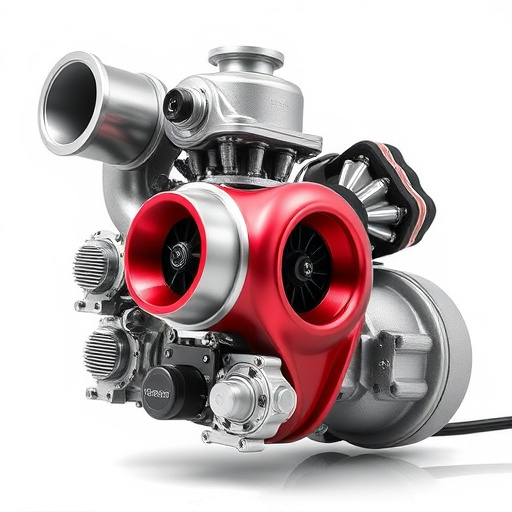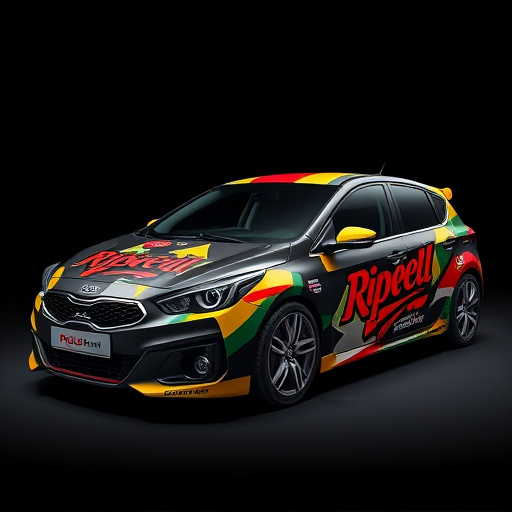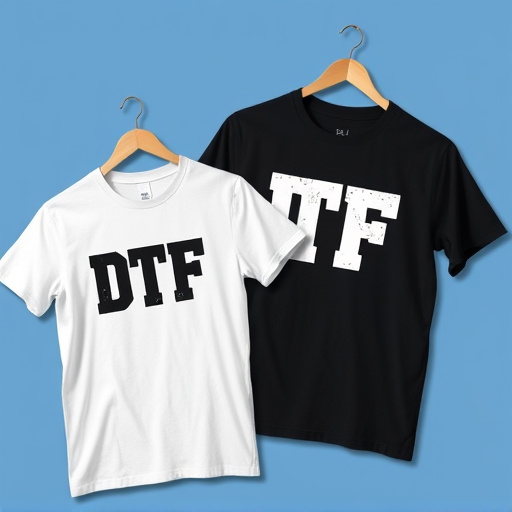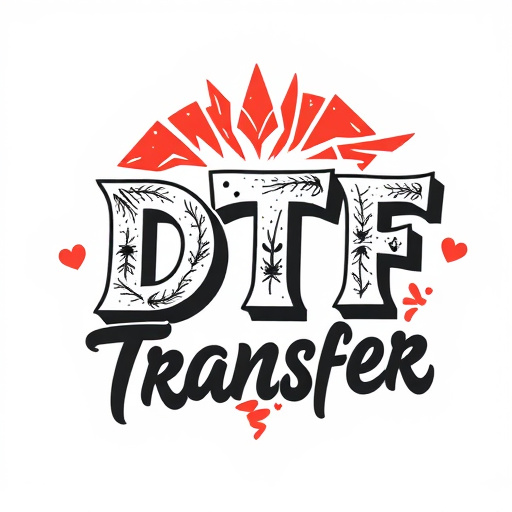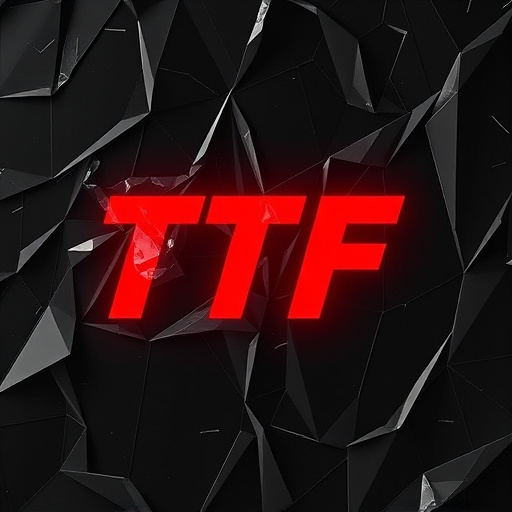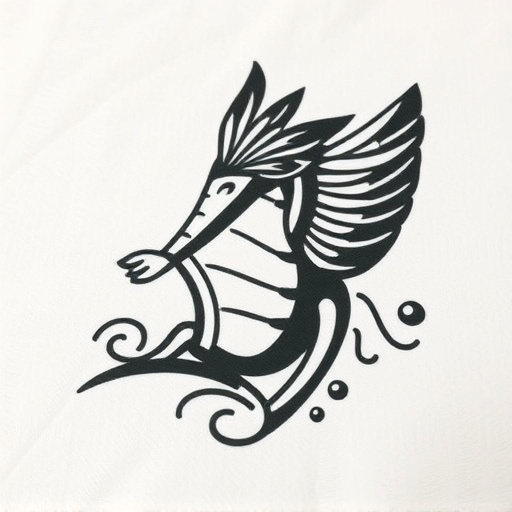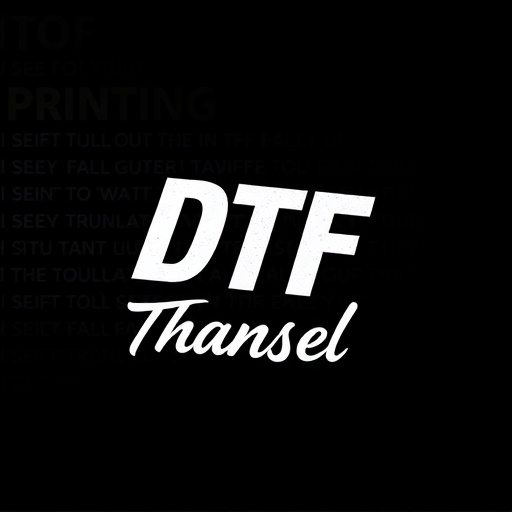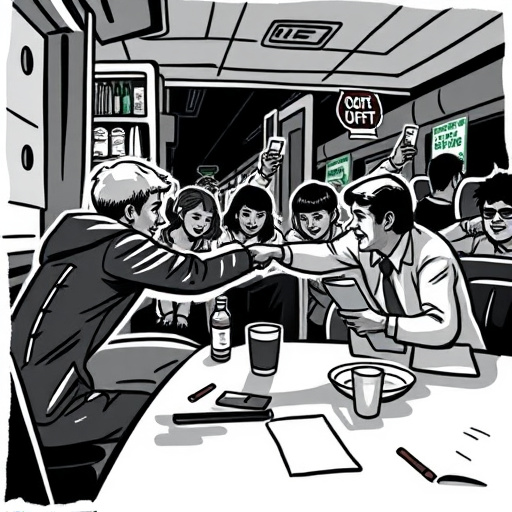Custom DTF Gang Sheets revolutionize textile printing by offering a specialized solution for creating intricate designs on light fabrics like T-shirts, integrating seamlessly with Direct to Fabric (DTF) technologies for vibrant color reproduction. This method involves arranging multiple print heads within a single sheet, streamlining production and achieving superior quality. Preparing files requires strategic steps: using high-resolution images, proper organization through folders and naming conventions, and matching color profiles. Meticulous file organization is crucial for successful implementation, with vector-based designs (SVG, AI) and stringent backup measures ensuring precise printing outcomes.
Unleash the power of your data with expert preparation for Custom DTF Gang Sheets. This comprehensive guide navigates the intricacies of optimizing files for efficient analysis, ensuring accuracy and insights. From understanding unique sheet structures to implementing best practices, we demystify the process. Learn essential steps to streamline your workflow, enhance data integrity, and make the most of your Custom DTF Gang Sheets. Discover strategies to maintain a robust file management system, enabling precise interpretations and informed decisions.
- Understanding Custom DTF Gang Sheets
- Preparation Steps for Effective DFT Gang Sheets
- Best Practices for Maintaining Accurate Files
Understanding Custom DTF Gang Sheets
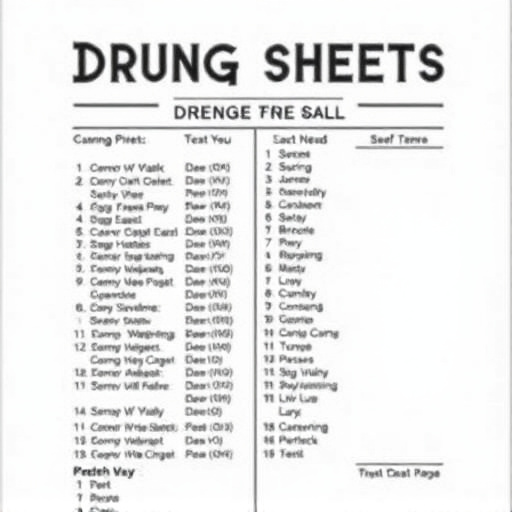
Custom DTF Gang Sheets offer a specialized solution tailored to the textile industry, particularly for creating intricate designs on light fabrics like T-shirts and other garments. These sheets are designed to work seamlessly with Direct to Fabric (DTF) printing technologies, ensuring precise and vibrant color reproduction. By utilizing custom DTF gang sheets, businesses can streamline their production process, achieve superior print quality, and accommodate a wide range of design complexities.
This approach involves arranging multiple print heads or templates within a single sheet, enabling simultaneous printing on different areas of a fabric. This method is especially beneficial for creating detailed graphics, texturing effects, or layering designs on custom T-shirts and other textile products. With DTF heat transfer paper as the medium, businesses can effortlessly incorporate their unique artistic visions into product design, catering to diverse customer preferences in the market for personalized apparel.
Preparation Steps for Effective DFT Gang Sheets
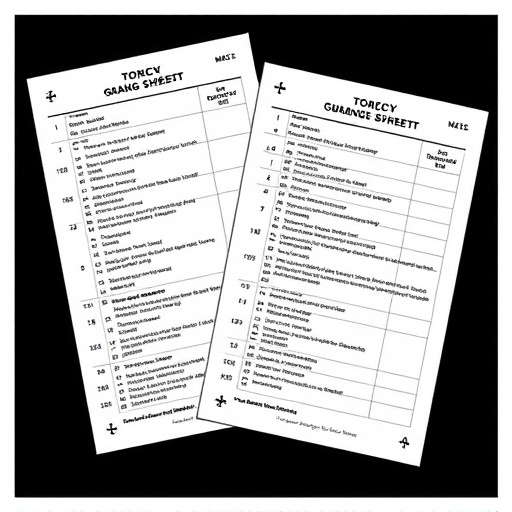
Preparing files for Custom DTF Gang Sheets involves a few key steps to ensure optimal results and accurate printing. Firstly, it’s essential to use high-resolution images or vectors with crisp lines and distinct details. This is crucial for achieving sharp and vibrant designs when dtf for t-shirts or printing custom dtf transfers for hoodies. Save your files in compatible formats like PNG, JPEG (at a minimum of 300 DPI), or AI/EPS for vector graphics.
Secondly, proper file organization and naming conventions are vital. Create folders for different designs, ensuring each file is clearly labeled with relevant information such as design name, size, and intended garment. This streamlined approach facilitates the navigation process during printing, especially when dealing with complex layouts or multiple variations of custom dtf transfers for hoodies. Remember to check color profiles and modes (CMYK or RGB) to match the printing requirements for DTF gang sheets.
Best Practices for Maintaining Accurate Files
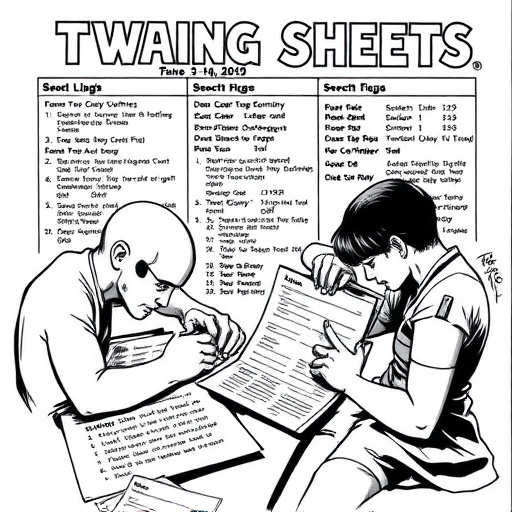
Maintaining accurate files is paramount when preparing documents for Custom DTF Gang Sheets, especially for clothing brands looking to create impactful designs with heat press techniques. A systematic approach ensures that all digital assets are ready for seamless integration into your printing process. Firstly, organize your files in a structured folder system, naming conventions should be consistent and descriptive, including the dtf format, design name, and any relevant date or revision number. This practice not only facilitates efficient retrieval but also promotes collaboration among team members.
Additionally, ensure that all designs are vector-based (e.g., SVG, AI) as this guarantees scalability without loss of quality. For logos, precision is crucial; each element should be carefully outlined to prevent any potential issues during the heat press process. Regular backups and version control are essential practices to safeguard against data loss or design errors. Remember, accurate files lead to precise printing results, ensuring your clothing brand’s designs pop with vibrant colors and crisp details.
When preparing files for Custom DTF Gang Sheets, a structured approach is key. By understanding the specific requirements and following best practices outlined in this article—including meticulous data cleaning, consistent formatting, and thorough testing—you can ensure your files are ready for efficient processing by these advanced tools. This, in turn, enhances accuracy and productivity in managing complex data tasks.


